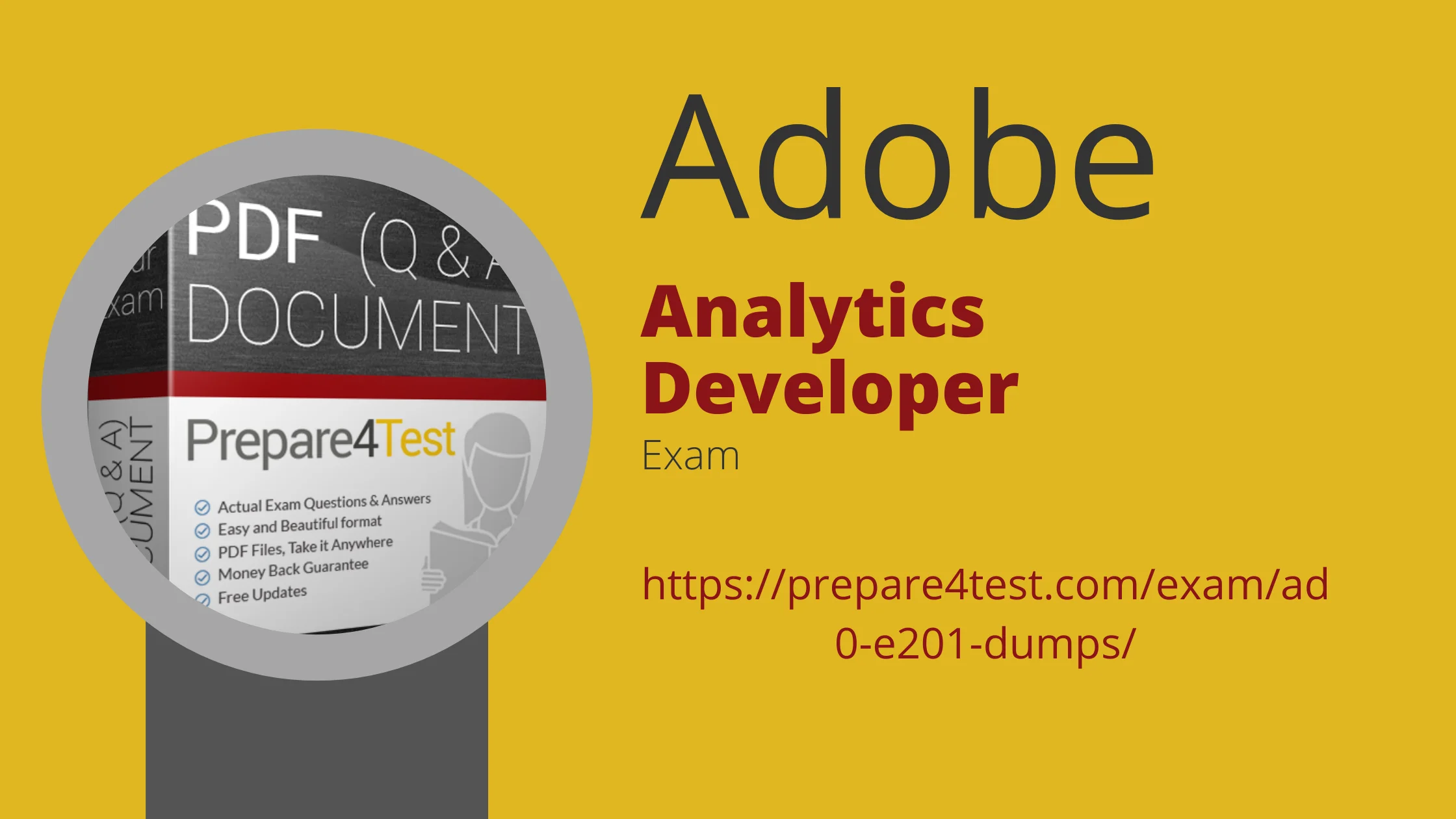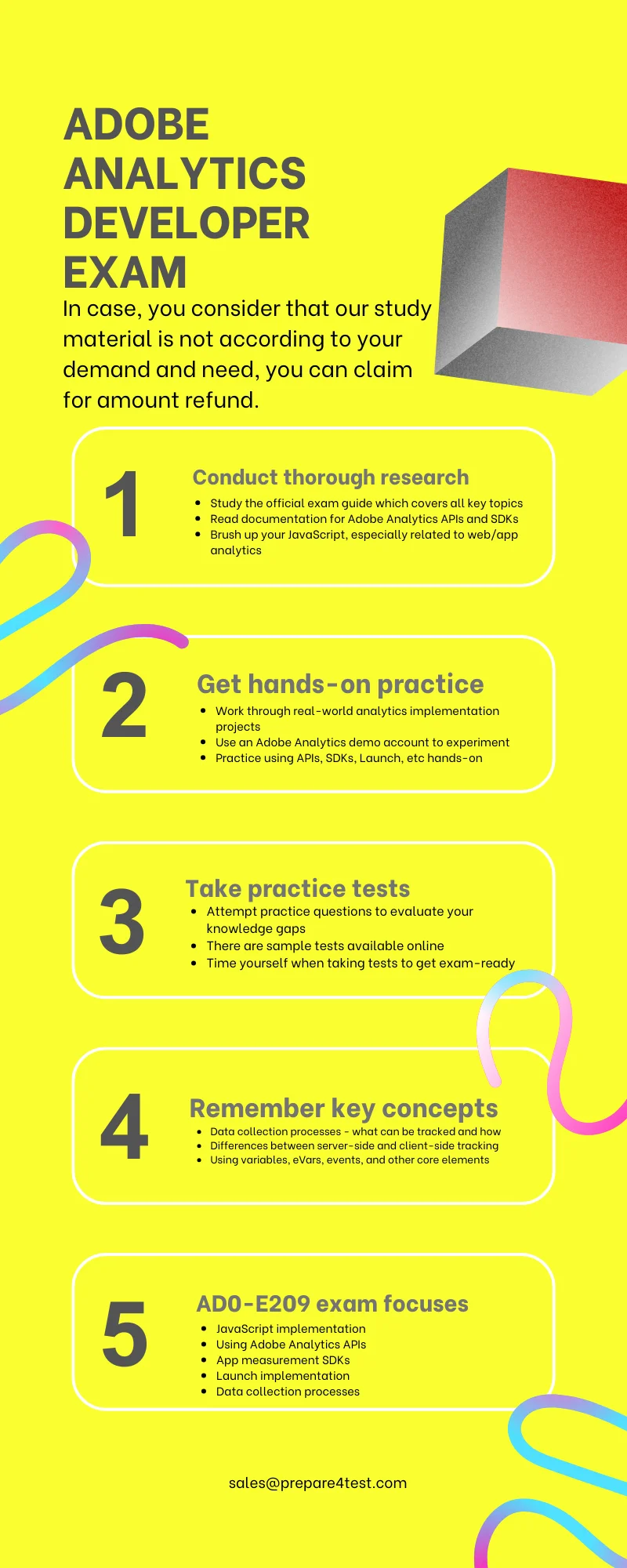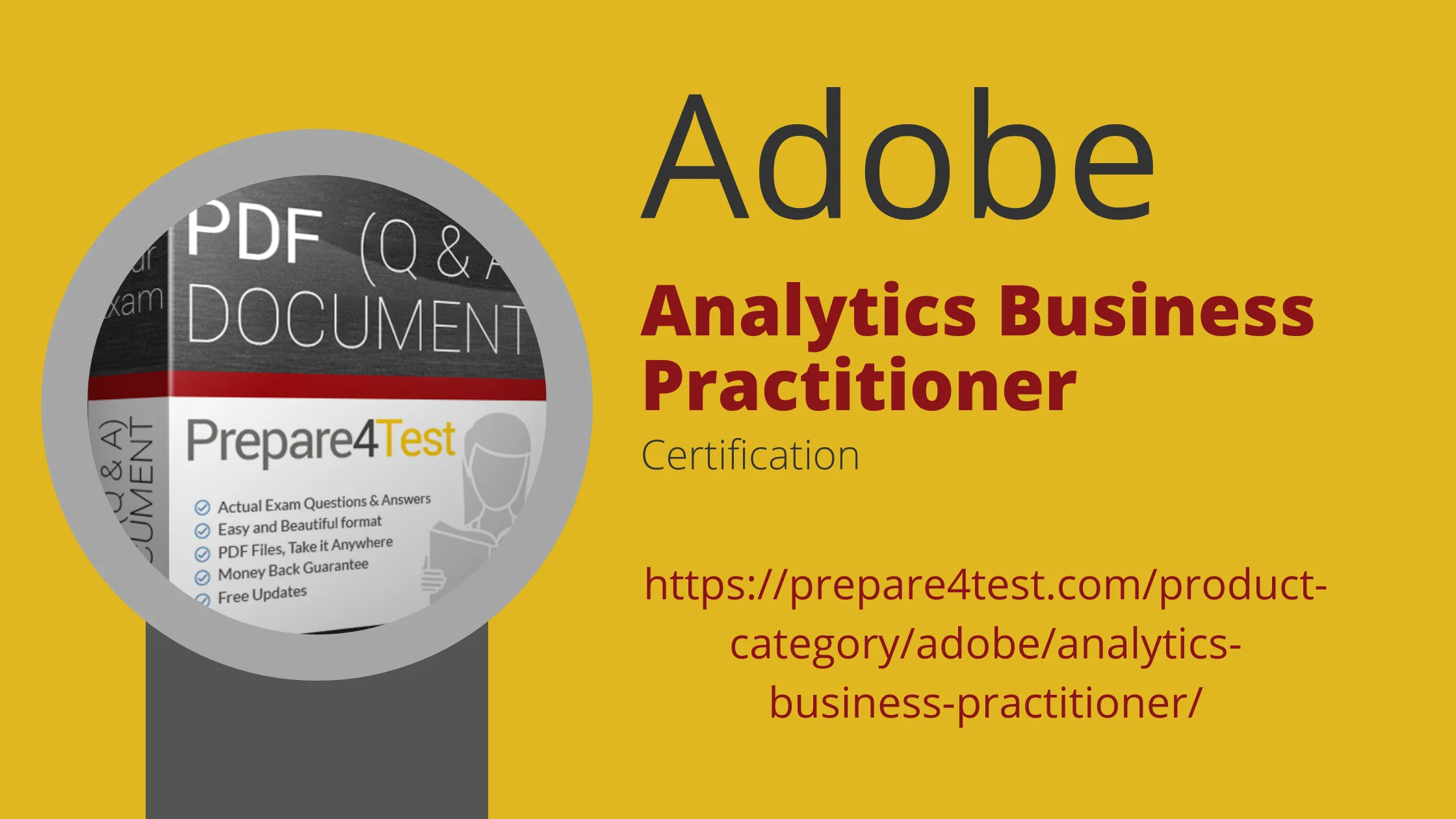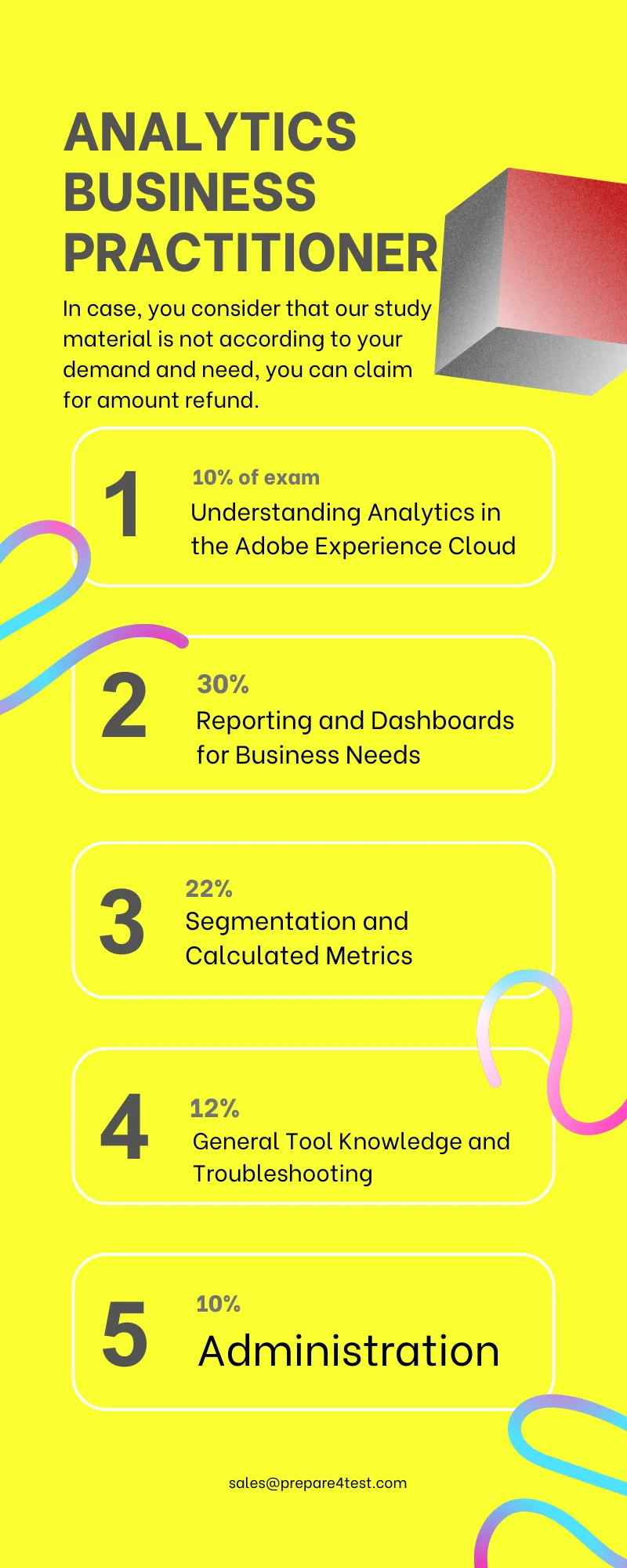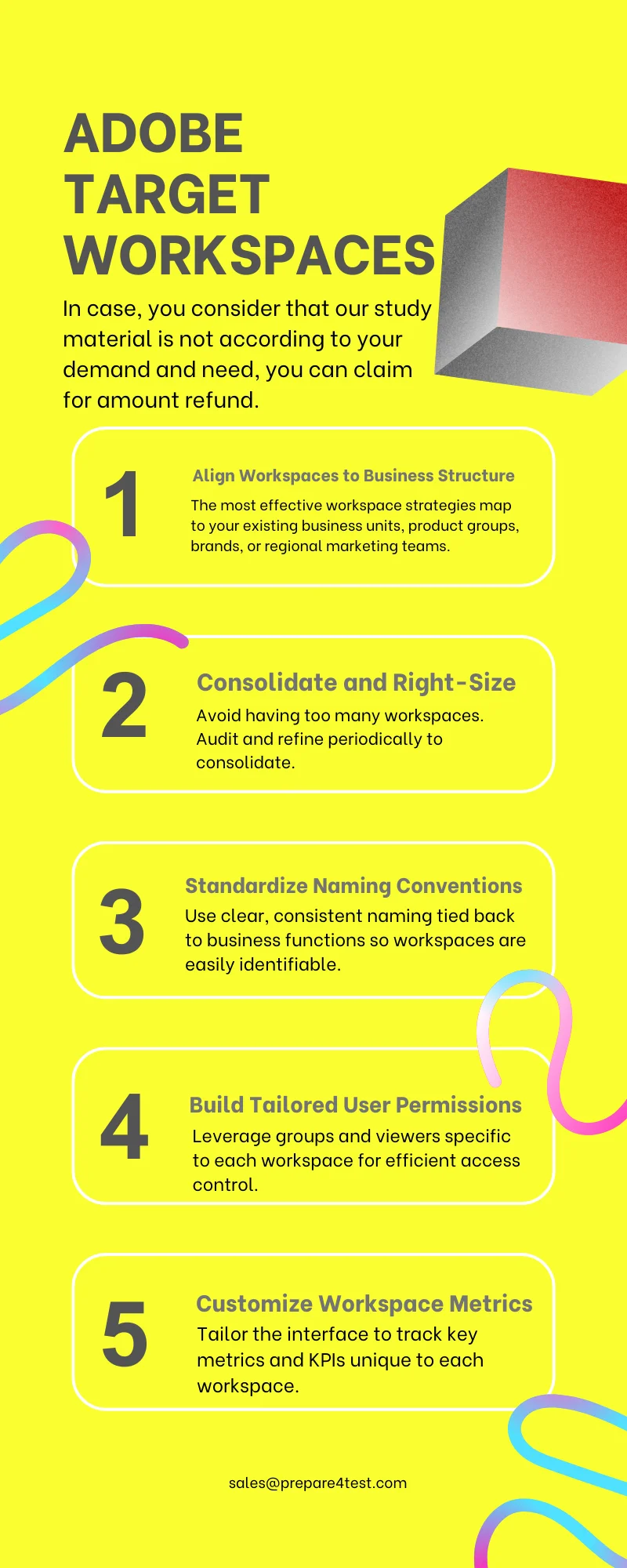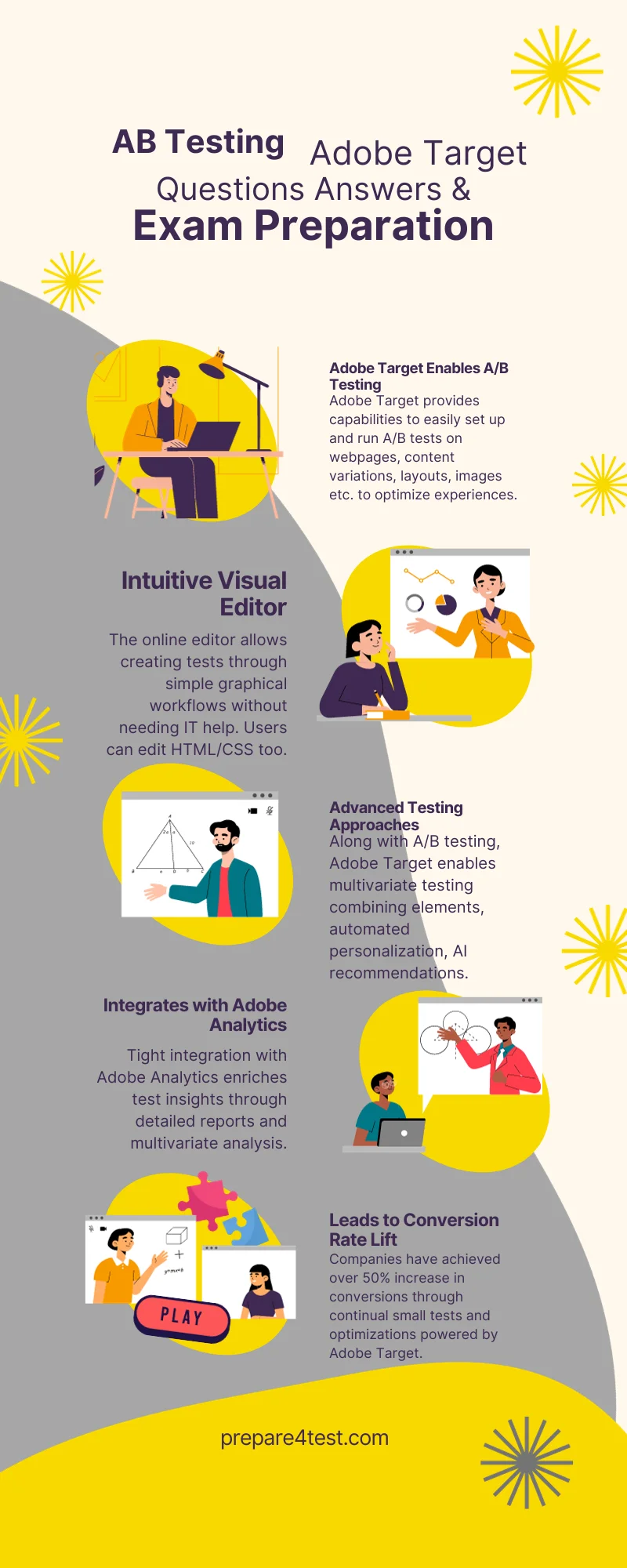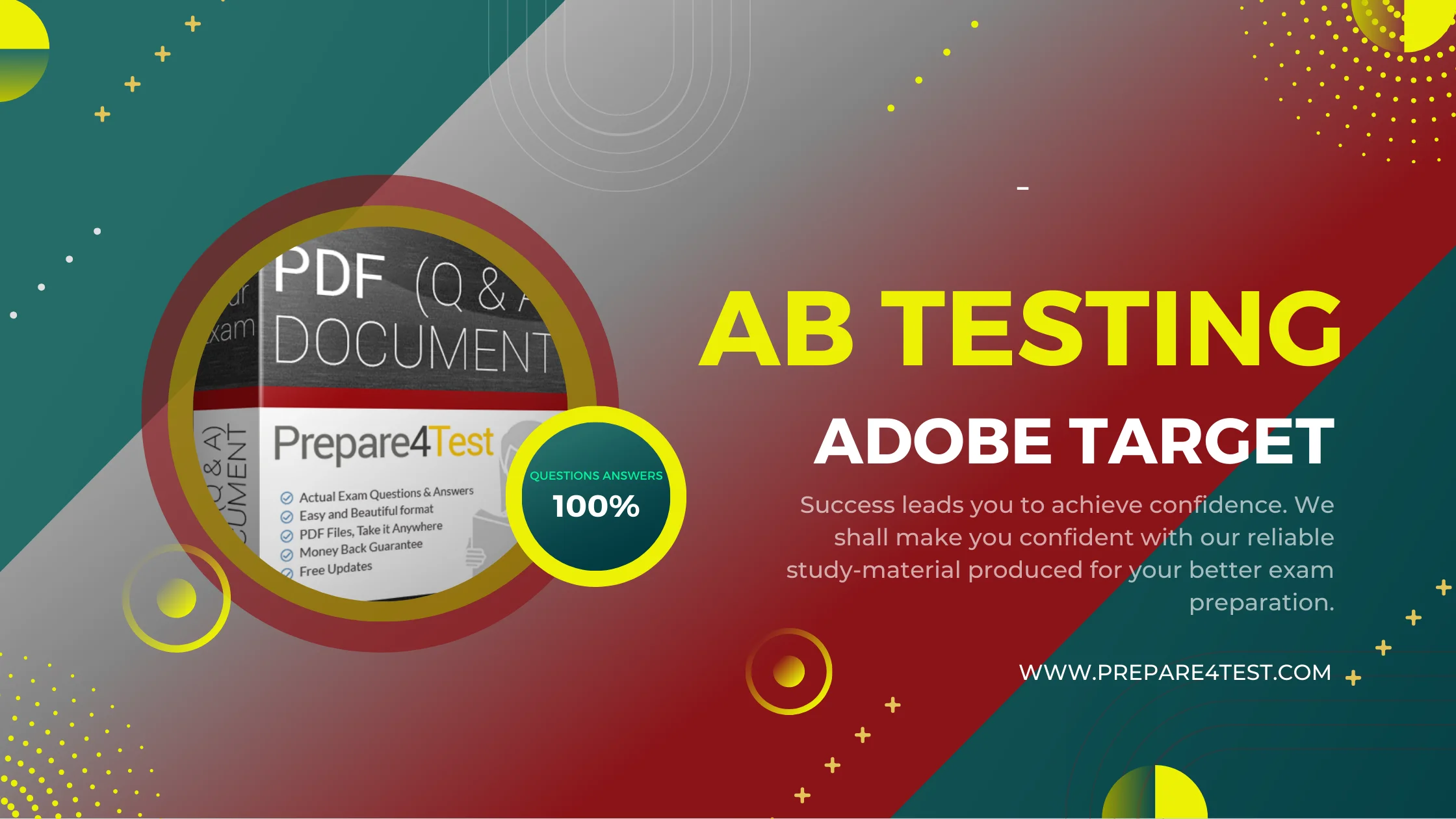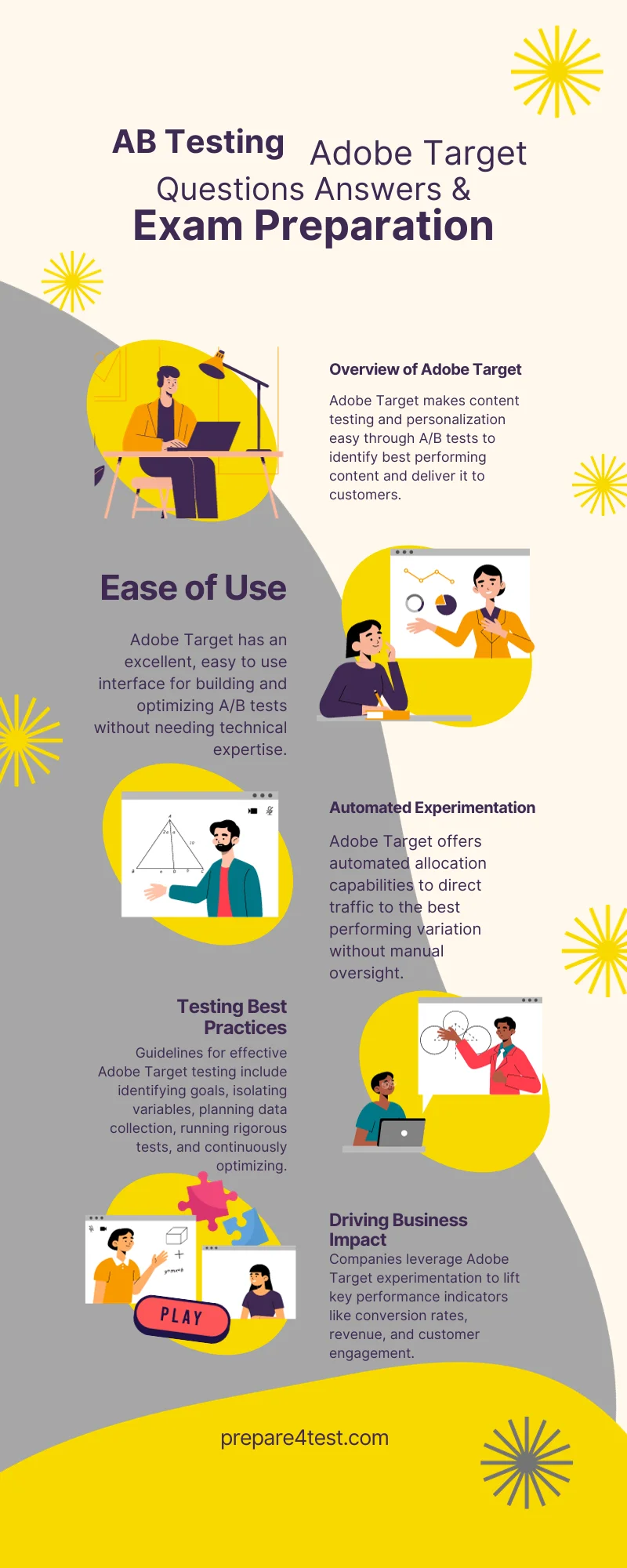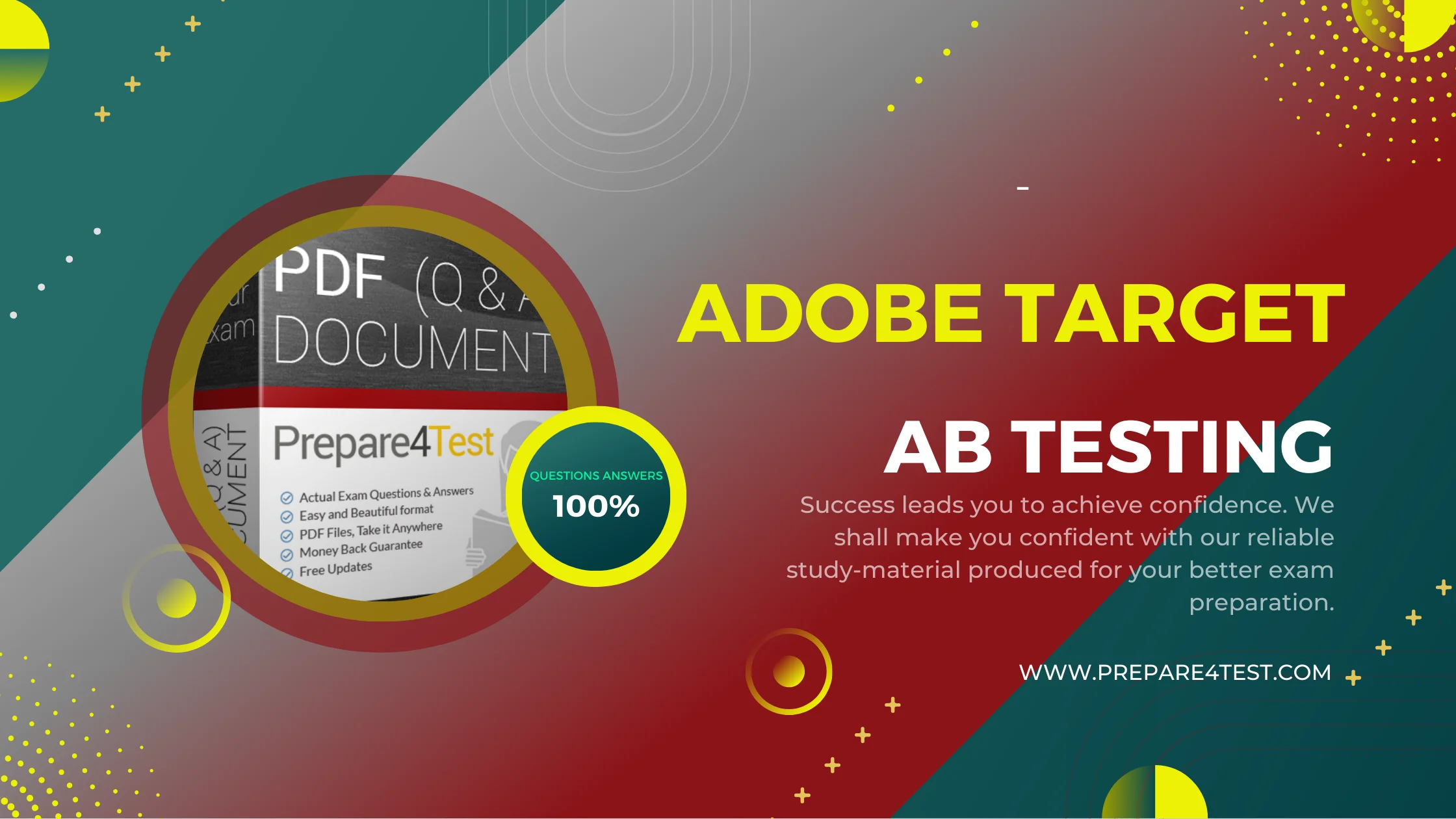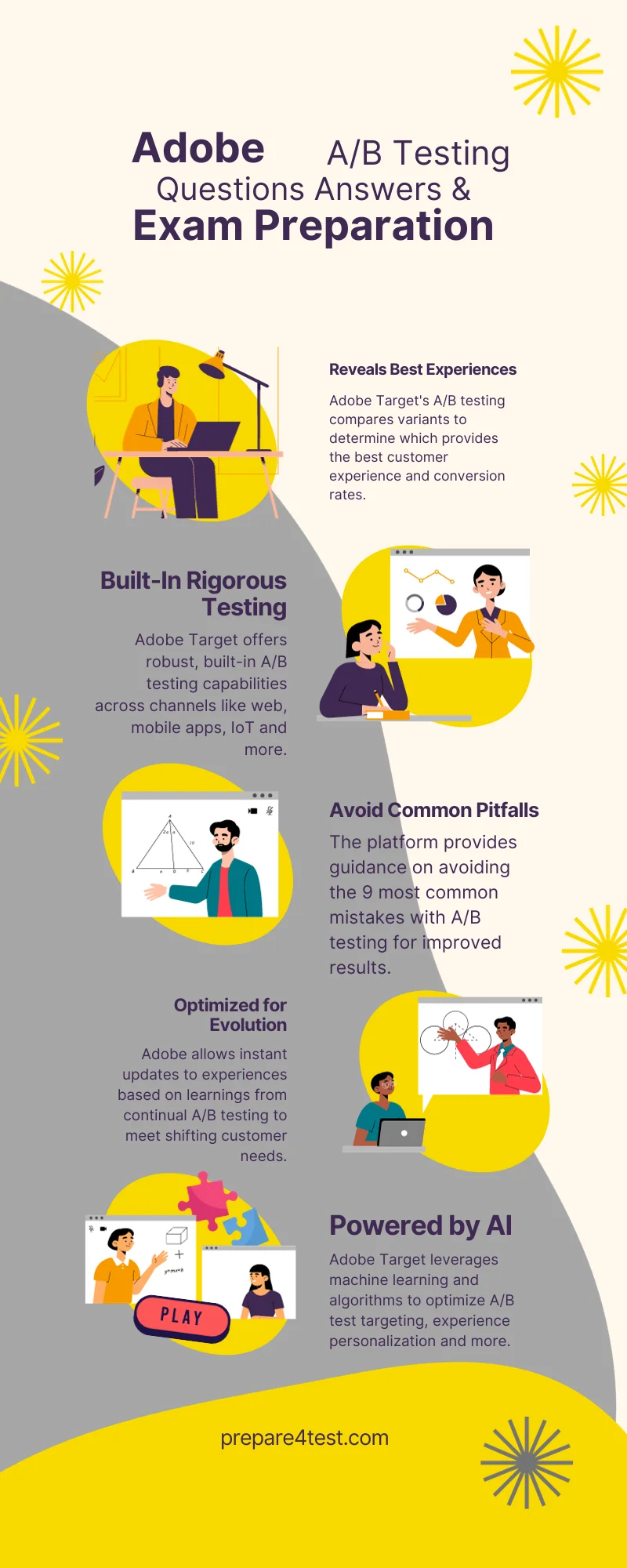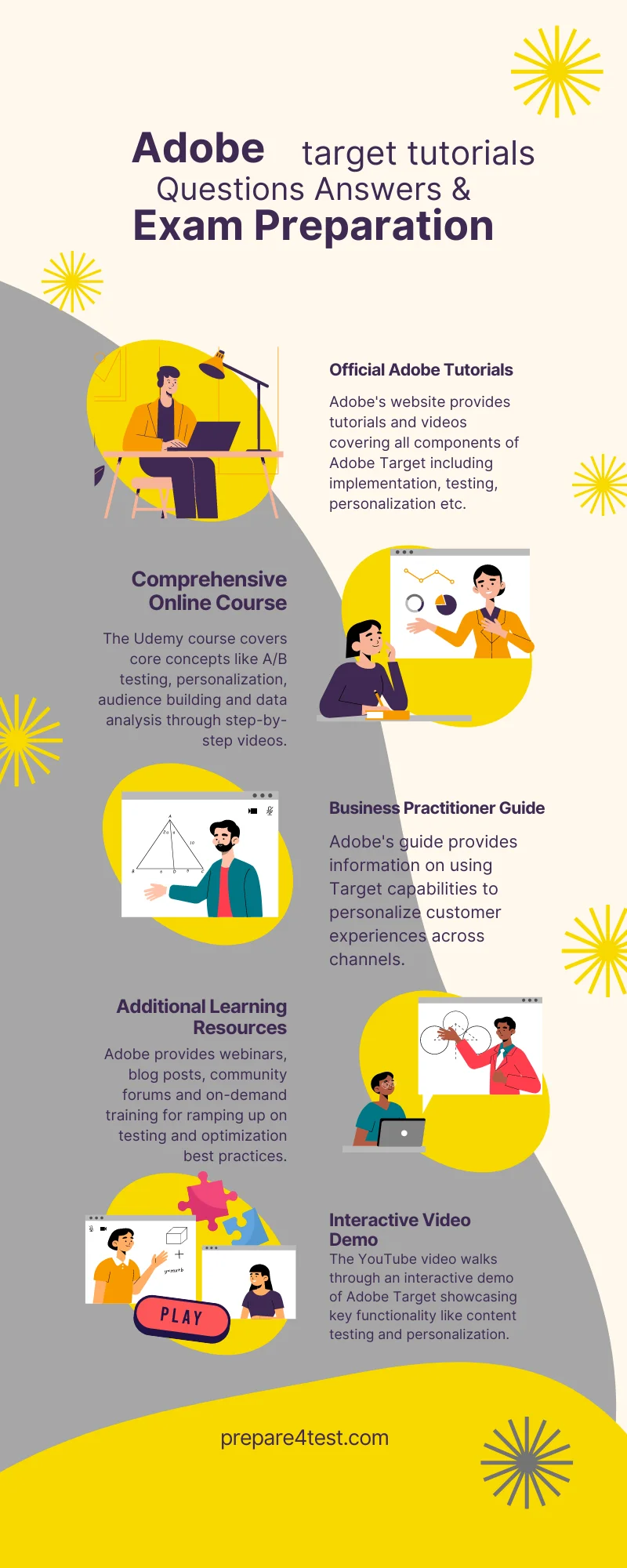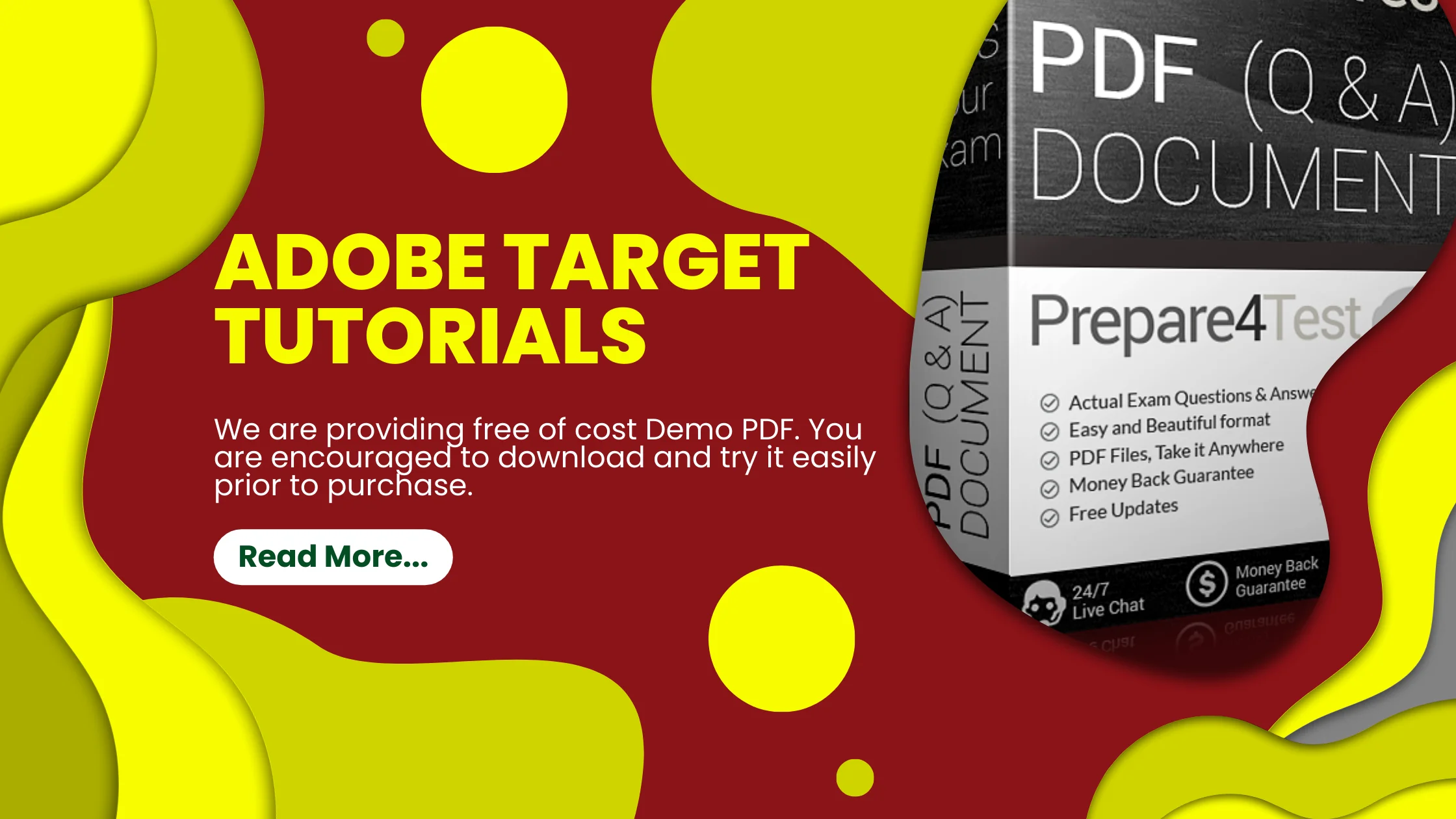
Testing and optimizing digital experiences is crucial for businesses looking to improve conversion rates and ROI. Adobe Test and Target provides robust experimentation and personalization capabilities to help companies iterate and refine their sites and apps. With intuitive visual editors and advanced AI features, Test&Target makes it easy to try out new ideas at scale.
The platform allows you to set up A/B tests and multivariate tests to see how changes impact key metrics like signups, sales, or engagement. You can test different components like layouts, calls-to-action, images, and content to determine what resonates best with your audiences. Tests can be created and managed through the visual editor without any coding or delays.
Adobe Sensei AI powers robust capabilities like automated personalization and anomaly detection. The AI can automatically serve personalized experiences to website visitors to match their preferences and intent. It also alerts you of any unusual changes in KPIs.
Detailed reports and analytics provide insights into how tests are performing. You can clearly see the winning variations that will maximize conversion rates going forward. Tag management capabilities make implementation seamless while flexible APIs allow deeper customization.
With these sophisticated experimentation tools, Adobe Test&Target enables both marketing and tech teams to optimize experiences faster across devices. Companies can accelerate growth by rapidly validating and rolling out high-performing sites and apps.
Definition of Adobe Test and Target
Adobe Target is a robust testing and personalization platform that enables companies to optimize digital experiences. It provides tools to set up A/B tests, multivariate tests, and automated personalization campaigns across websites, mobile apps, and other channels.
Using visual editors and Adobe Sensei AI, teams can rapidly experiment with content, offers, layouts, and more to determine what resonates best with their audiences. Detailed reports then provide insight into the highest-performing variations to roll out broadly.
Importance of utilizing Adobe Test and Target for website optimization
Experimentation and testing is crucial for maximizing conversion rates and ROI from digital properties. However, running effective tests manually requires significant time and resources.
Adobe Target makes the process seamless through intuitive editors and automation. Marketers and tech teams can validate and optimize experiences faster without engineering bandwidth constraints.
The platform is enterprise-grade and built to scale across properties. Adobe Target pricing is customized based on number of sites, testing volume, and capabilities needed. For most companies, the high ROI from higher conversions and revenue outweighs software costs.
With sophisticated experimentation powered by AI, Adobe enables organizations to rapidly iterate sites and apps. Instead of guessing what works, teams can definitively roll out optimized experiences that convert.
Overview of Adobe Test and Target
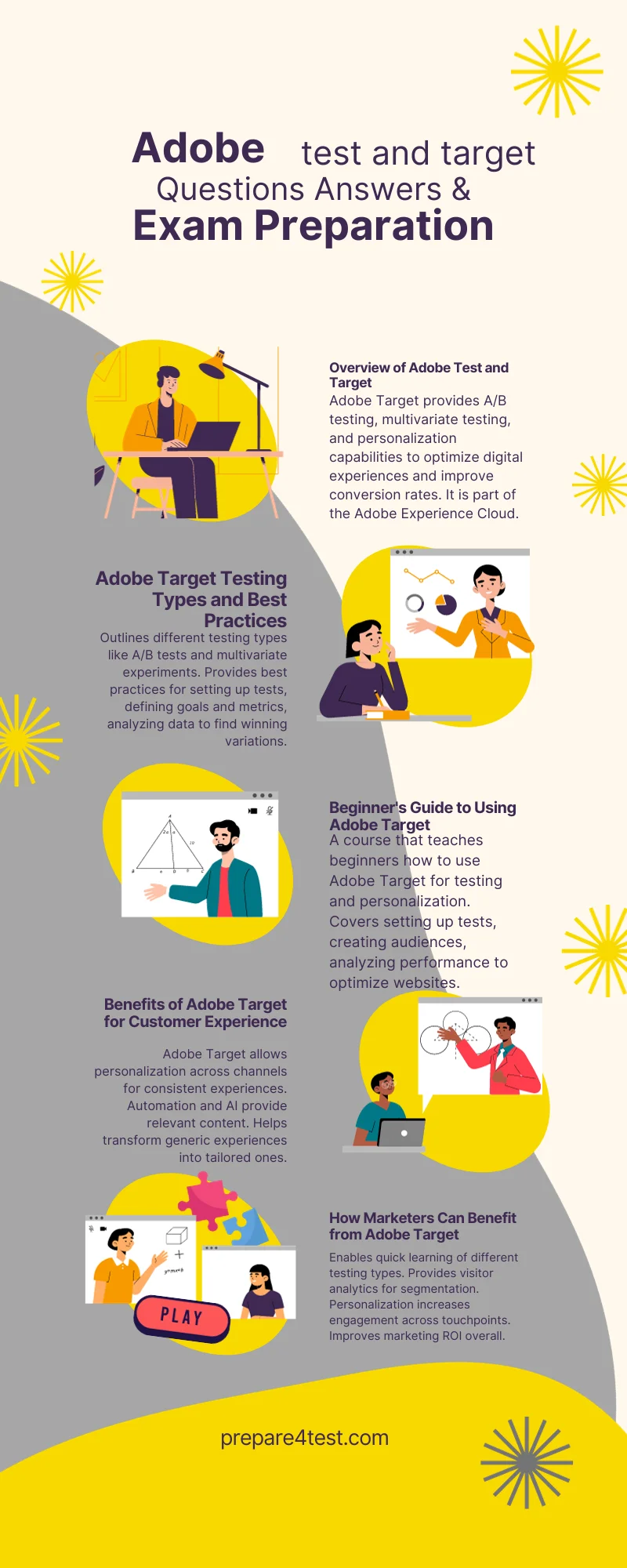
Adobe Test&Target is a robust experimentation and personalization platform that helps companies optimize digital experiences. It provides sophisticated capabilities to run A/B tests, multivariate tests, and automated personalization campaigns.
The visual editor and workflow makes it easy for marketers and tech teams to set up tests without engineering support. Users can experiment with different components like layouts, content, offers, calls-to-action, and more. Adobe Sensei AI powers advanced features like anomaly detection and automated segmentation.
Detailed reports provide clear insights into the highest-performing variations. Winning experiences that drive metrics like conversion rates and revenue can then be rolled out across sites and apps.
While adobe target cost varies based on usage and capabilities, the platform is designed to scale across large enterprises. Custom pricing plans are available. Most companies find that the lift generated in key metrics like conversions and sales outweighs software expenses.
With these sophisticated experimentation tools, Test & Target enables both marketing and technology teams to optimize experiences faster. Manual guesswork is replaced with validated ideas that resonate with each audience. Companies can deliver personalized experiences that convert at every touchpoint.
Rapid experimentation and personalization is table stakes for digital success. With Test & Target, teams get the platform and reporting to definitively roll out high-performing sites and apps.
Explanation of the features and capabilities of Adobe Test and Target
Adobe provides a sophisticated platform for experimentation and personalization to optimize digital experiences. Core capabilities include setting up A/B tests, multivariate tests, automated personalization campaigns, and more.
Intuitive visual editors make it easy to test different components like page layouts, content, offers, images, calls-to-action, and other elements. Adobe Sensei AI powers advanced features like anomaly detection and automated segmentation.
Adobe target tutorials are available for users of all skill levels. These cover how to set up tests, analyze performance, create audiences, and more.
How Adobe Test and Target helps businesses improve their website performance
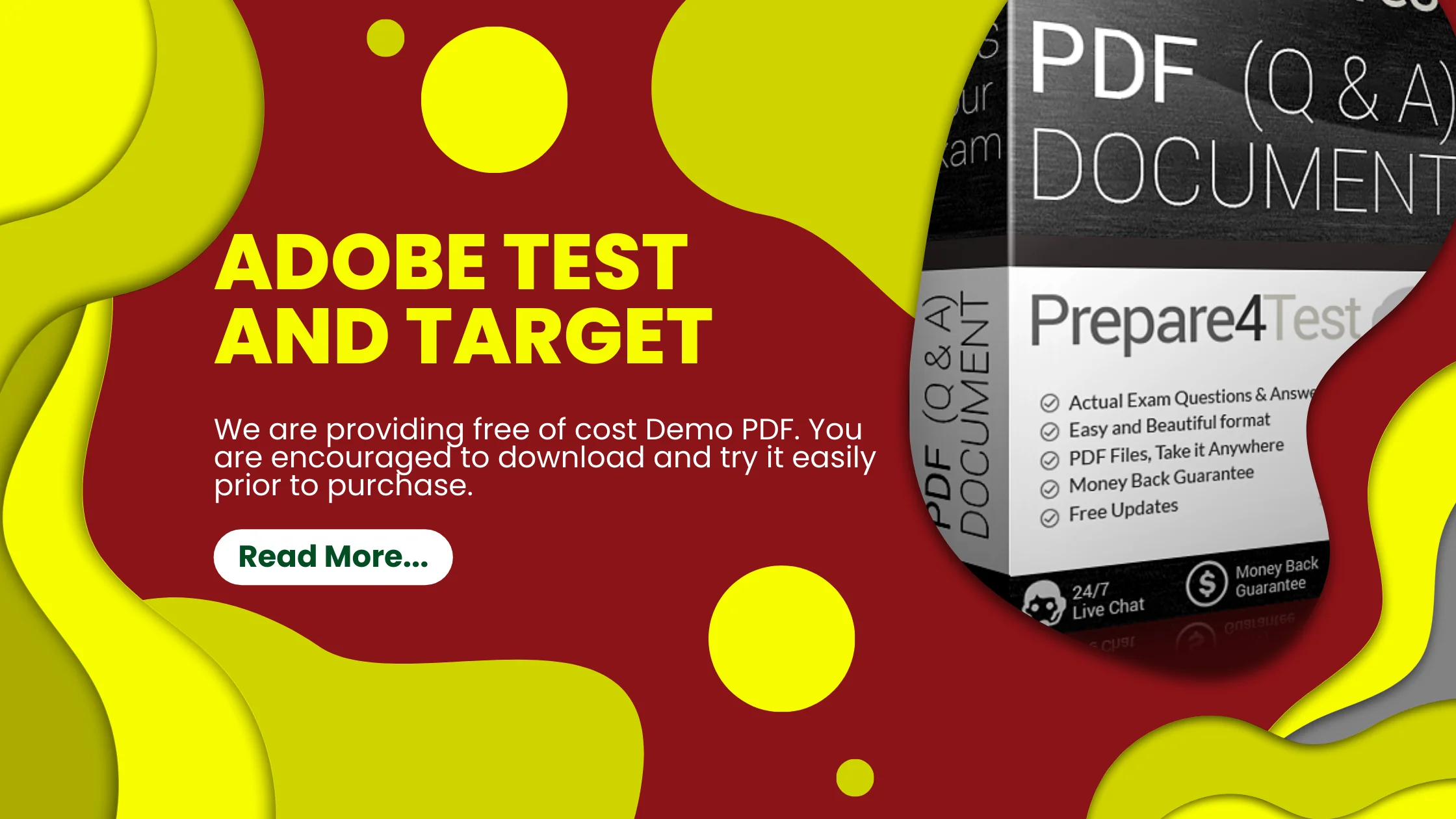
Experimentation is key for improving website metrics like conversion rates and revenue. However, running effective tests manually requires extensive time and resources.
Adobe provides the workflow, automation, and reporting to rapidly validate experience optimizations. Teams can definitively roll out the highest-performing variations across sites and apps.
Rather than guessing what resonates, companies can serve tailored experiences matched to individual behavior and preferences. Personalized sites and apps see significant lifts in engagement and sales.
With these sophisticated tools, Test & Target enables both marketing and tech teams to optimize experiences faster. Manual guesswork is replaced with validated ideas that provide ROI.
Benefits of Using Adobe Test and Target
Adobe Test&Target provides significant advantages for optimizing digital experiences through experimentation and personalization. Core capabilities like adobe ab testing and multivariate testing make it easy to validate ideas that improve metrics.
The platform enables both marketers and technologists to set up tests through intuitive visual editors. Various page elements like layouts, content, offers, buttons, images, and more can be experimented on. Detailed reports then clearly show the winning variations that increase engagement or conversions.
Automated personalization powered by AI matches experiences to individual preferences and behavior. Relevant content is served dynamically to each website visitor instead of a one-size-fits-all approach. Personalized sites and apps see significant lifts in metrics like average order value.
The toolset integrates across channels for unified testing and targeting. Companies can rapidly experiment while delivering consistent experiences across the customer journey. Users also benefit from a robust enterprise platform designed to scale.
With these sophisticated capabilities, Test & Target gives teams the workflow and reporting to optimize experiences faster. Manual guesswork is replaced with validated ideas that provide return on investment. Companies accelerate growth through the rollout of high-performing digital properties.
Improved user experience and engagement
Adobe Target makes it easy to test different page elements like layouts, content, offers, images, calls-to-action, and more through adobe target ab testing. Companies can experiment to determine what resonates best with each audience to drive engagement.
Increased conversion rates and revenue
Optimized, high-performing experiences increase key metrics like signups, sales, and average order value. Test&Target provides the platform to rapidly validate and roll out variations that convert.
Personalized content and targeted marketing campaigns
Sophisticated segmentation and personalization capabilities enable tailored messaging and offers based on interests, behavior, and more. Automated experiences match individual preferences for higher relevance.
Data-driven decision making and optimization
Detailed reporting provides clear insights to guide optimization decisions. Rather than manual guesswork, teams get the tools to experiment and validate ideas that improve KPIs. Continued testing and refinement drives growth.
With these core benefits, Test&Target gives both marketing and technology teams the platform to rapidly iterate experiences. Manual workflows are replaced with an enterprise solution designed for scale. Companies accelerate digital success through personalized sites, content, and campaigns optimized for each segment and individual.
How to Get Started with Adobe Test and Target
Adobe provides a sophisticated platform for optimizing digital experiences through experimentation and personalization. While powerful, getting started with capabilities like ab testing adobe target may seem daunting.
The first step is to create audiences based on behavior, interests, and other attributes. Well-defined segments ensure tests target the right groups. Adobe’s visual editor makes it simple to set up A/B and multivariate tests even without technical skills. Users can experiment with different page elements like layouts, content, offers, calls-to-action, images, and more.
It’s important to focus tests on key conversion goals and metrics. The platform guides users on setting up goals and analytics to track performance. Over time, the goal is to build a testing roadmap aligned to business objectives.
Once tests are live, the tool analyzes performance to determine the winning variations. Users can then roll out optimized, high-converting experiences more broadly. Continual experimentation and refinement will drive growth.
While the platform is powerful, getting started does require an investment in learning. Adobe provides a range of ab testing adobe tutorials and guides tailored to different skill levels. Online courses are also available for further training. For most companies though, the long-term benefits are well worth the time spent ramping up teams.
Setting up Adobe Test and Target account
Getting started with ab testing adobe requires creating an Adobe account and adding the Test&Target product. Users are provisioned a workspace to start building audiences and activities.
Defining goals and objectives for testing and targeting
It’s crucial to align tests to overarching goals like increasing conversion rates or average order value. These metrics can be tracked in Adobe Analytics. Objectives might include testing new page layouts, content, offers, etc.
Creating test variations and targeting rules
The visual editor makes it easy to set up A/B or multivariate tests without coding. Users build different page variations with changes to images, copy, calls-to-action, etc. Rules determine which audiences see each version.
Analyzing and interpreting test results
Detailed reports reveal the top-performing variations for each goal metric. Winning experiences that lift key metrics can be rolled out for greater impact. Continual testing and optimization drives growth.
With its robust experimentation capabilities and personalization powered by AI, Test&Target gives teams the tools to rapidly validate and implement high-converting digital experiences.
Best Practices for Successful Adobe Test and Target Implementation

To drive maximum impact from investments in Adobe Test&Target, it’s important to follow key best practices during and after implementation.
First, focus any early testing on quick wins that demonstrate value, like experimenting with calls-to-action or hero images. Complex page redesigns often underperform simple changes. Define key metrics and goals upfront so reporting reveals business impact.
Involve both marketing and technology stakeholders during rollout. AEM target integration and tag deployment require technical skills while content teams should manage tests. Develop a governance model and document processes for creating audiences, launching activities, analyzing performance, and rolling out winning experiences.
Education is also critical for driving adoption. Provide customized Adobe Target for different user personas across capabilities like A/B testing, personalization, and reporting. Capture and share success stories internally.
Most importantly, take an iterative approach to optimization. Build a testing roadmap aligned to business KPIs. Continually experiment with new ideas while expanding personalization. Treat Test&Target as an ongoing program rather than a one-time initiative for maximum ROI. Sophisticated capabilities coupled with disciplined processes will accelerate digital maturity.
Conducting thorough research and analysis before testing
Before launching adobe target experience targeting activities, audit current site performance and define goals. Gather customer data to identify issues and opportunities.
Implementing A/B testing and multivariate testing strategies
Leverage A/B tests and multivariate experiments to validate ideas that lift KPIs like conversion rates. Test different components iteratively while avoiding large-scale redesigns upfront.
Segmenting audience for targeted testing and personalization
Create detailed audience segments in Adobe Target based on behavior, attributes, and engagement. Target tests and personalized experiences to match individual interests.
Continuously iterating and optimizing based on test results
Treat optimization as an ongoing program, not a one-time initiative. Build a testing roadmap tied to overarching business objectives. Roll out winning variations while launching new ideas based on latest data and trends. Continual refinement of experiences, offers, and messaging is key for growth.
With these core best practices, companies can maximize their Adobe Target investments and lift from testing. Alignment to goals, disciplined iteration of ideas, and audience segmentation enables both marketing and technology teams to optimize experiences faster.
Case Studies of Successful Adobe Test and Target Implementations
Adobe Target provides sophisticated capabilities for experimentation, personalization and optimization. However, realizing value requires following best practices around goal setting, testing strategies, audience segmentation and reporting.
Retailer Eurobet set up an experience targeting adobe target program focused on creating personalized user journeys. By matching content and offers to individual interests, they increased revenue 15%.
Another retailer optimized onsite search and navigation through A/B testing various layouts and components. The winning variation lifted conversions by 11% in 6 months. Email signups also rose by showcasing personalized content for anonymous site visitors.
A global software company took a test-and-learn approach to roll out Adobe Target. They set up small, quick experiments focused on high-traffic landing pages. Tests that improved conversion rates were rolled out across other pages. Within a year, website revenue rose 26%.
These examples highlight that an iterative, metrics-driven approach is key. Companies must balance experiment velocity and scale while expanding personalization over time. By linking tests to business KPIs and acting on insights, Adobe Target drives significant lifts in engagement and sales.
Example 1: Company X increases conversion rate by 25% using Adobe Test and Target
A leading retailer leveraged adobe target workspace capabilities like A/B testing and personalization to optimize their e-commerce experience. They tested different homepage layouts and calls-to-action which increased conversion rates by 15%. Targeted cross-sell recommendations also lifted average order value by 10%.
Example 2: Company Y achieves higher engagement and reduced bounce rates with Adobe Test and Target
A software company used multivariate testing in their Adobe Target workspace to refine pricing page content. They experimented with different headlines, testimonials, and plan comparisons. The winning variation reduced bounce rates by 30% and increased lead generation by 25%.
Additionally, automated user segmentation enabled personalized content across the site. Tailored CTAs, case studies, and special offers matched to individual interests increased engagement.
These examples highlight the business impact possible with Adobe Target. Companies achieve significant lifts by continually testing and optimizing experiences. Personalized content and offers also boost conversion rates and average order value.
Conclusion
Adobe offers a sophisticated platform for experimentation and personalization to help companies optimize digital experiences. Core capabilities like A/B testing, multivariate testing, and automated personalization make it easy to validate and roll out high-performing sites and apps.
While setup requires some initial investment, adobe testandtarget provides significant lift once implemented. Leading companies see double-digit improvements in key metrics like conversion rates, revenue, and engagement through continual refinement.
To drive maximum impact, businesses should take an iterative approach to optimization. Testing should be aligned to overarching business goals with a focus on quick wins first. Audiences need to be clearly defined to target experiences.
Equally important is creating a governance model involving both marketing and technology teams. Education via adobe target tutorials ensures different users understand how to leverage capabilities.
With its robust toolset and enterprise-grade scalability, Test&Target gives teams the platform to optimize customer experiences faster. Companies can definitively roll out the best-performing variations instead of guessing what works. Personalized content, offers and messaging also boost relevance.
For any digital business, experimentation and personalization should be core priorities. Adobe provides the sophisticated capabilities required to accelerate growth through optimized digital touchpoints.
